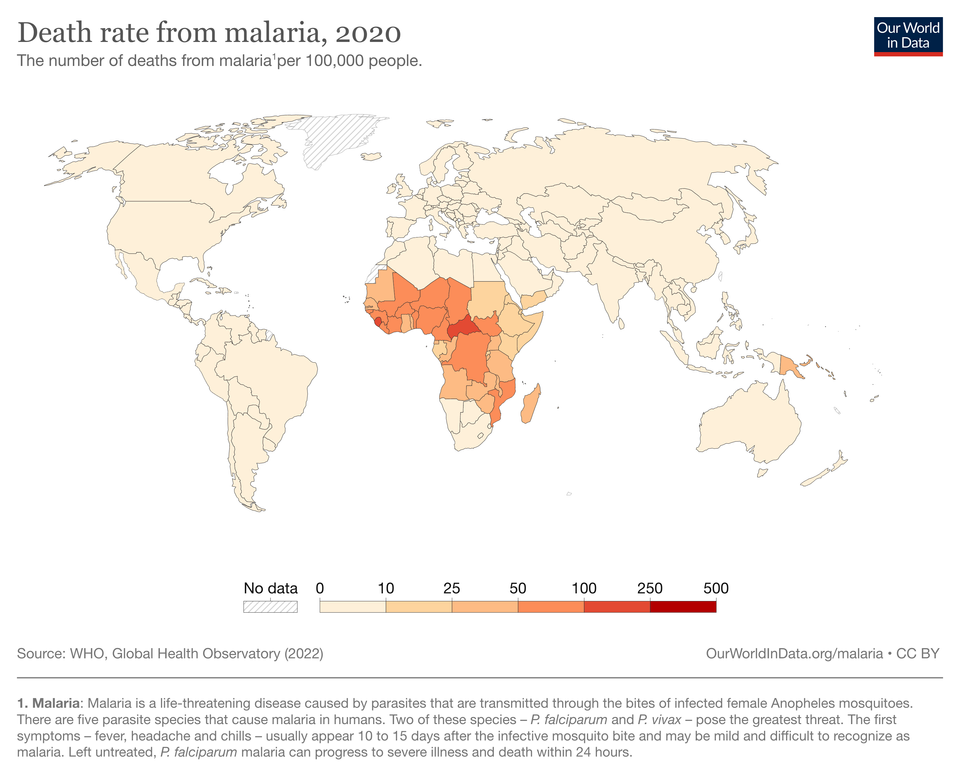Non-Alcoholic Fatty Liver Disease: The burden of the developed world

AUTHORS: Dr Alison Taylor, MRCP and Dr Michael Mendall, MA MD FRCP.
Non-alcoholic liver disease (NAFLD) is hepatic steatosis in a patient without a secondary cause for fat accumulation within the liver. It is the most common liver disorder in the western world and has an estimated prevalence globally of 25%. NAFLD describes a continuum of disease encompassing non-alcoholic fatty liver (NAFL) at one and non-alcoholic steatohepatitis (NASH) and cirrhosis at the other extreme.
It results from excessive lipid accumulation within the liver which induces lipotoxicity from high levels of free fatty acids, cholesterol and other lipid metabolites. This lipotoxicity is associated with mitochondrial dysfunction and oxidative and endoplasmic reticular stress. This in turn leads to hepatic inflammatory responses which induce insulin resistance systemic inflammation which link NAFLD to a variety of extra-hepatic disorders.
NAFLD either directly or through the accompanying visceral adiposity is associated with diabetes, hypertension, vascular diseases, cancer and even neurocognitive decline. Mortality from vascular diseases is double that of the general population, with death from liver related causes coming third behind cancer.
The more severe forms of NAFLD ie steatohepatitis and cirrhosis are found more commonly with increasing age, diabetes and obesity.
Clinical manifestations of NAFLD:
Asymptomatic
Vague symptoms of fatigue or right upper quadrant pain
Stigmata of chronic liver disease in those with cirrhosis
Hepatomegaly
Incidental elevations in aminotransferases on routine blood tests - usually mild to moderate elevations but can be entirely normal. The degree of elevation does not correlate with the degree of hepatocellular injury
Elevations in alkaline phosphatase
Synthetic function abnormalities - elevated INR, low albumin, raised bilirubin usually in those with advanced disease
Elevated ferritin and transferrin saturations and associated with NASH and advanced fibrosis
Transient elevations in liver enzymes during acute illness
Radiological changes - Increased echogenicity on ultrasound, decreased hepatic attenuation on CT, or increased fat signal on MRI

When to suspect NAFLD and how to manage these patients?
NAFLD should be suspected in those patients with abnormal liver enzymes with metabolic risk factors and should prompt further evaluation. This is generally provided in Primary Care but will be present in all clinical settings.
Initial work up should involve liver imaging with an ultrasound demonstrating steatosis and calculation of a non-invasive fibrosis score, e.g. FIB-4 to exclude significant fibrosis. If significant fibrosis cannot be excluded then a referral for hepatological assessment and transient elastography should be made.
All patients should undergo a comprehensive cardiovascular assessment and lipid profile and HbA1C performed.
The precise pathogenesis and specific treatment remain unclear. A number of drugs may reverse the fat accumulation but do not reduce associated mortality e.g. PPARgamma agonists and Vitamin E . The main aim of management is to prevent the progression to cirrhosis and the development of a HCC and reduce risks due to associated chronic disease.
The current management involves the following:
Weight loss through dietary modification and increasing physical exertion - Targeting 7-10% weight loss to improve liver enzymes and histology
Consideration of bariatric surgery
Avoidance of alcohol
Increased coffee intake
Exclusion of fructose
Management of metabolic risk factors - glycaemic control, lipids, blood pressure Comprehensive cardiovascular assessment and coronary calcium score. Statins should not be avoided and may actually slow progression of the disease
In those with NASH cirrhosis, these patients would adopt the standard HCC and variceal screening as for cirrhosis from other aetiologies
Loading Author...
Sign in or Register to comment